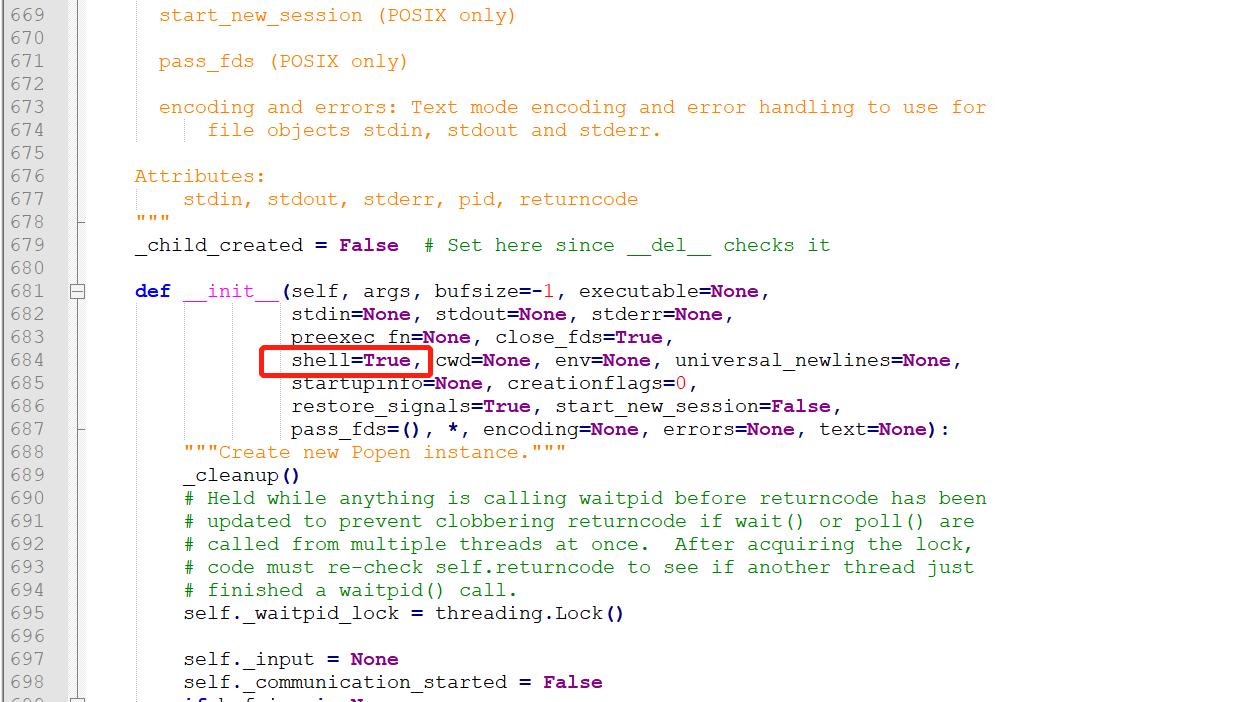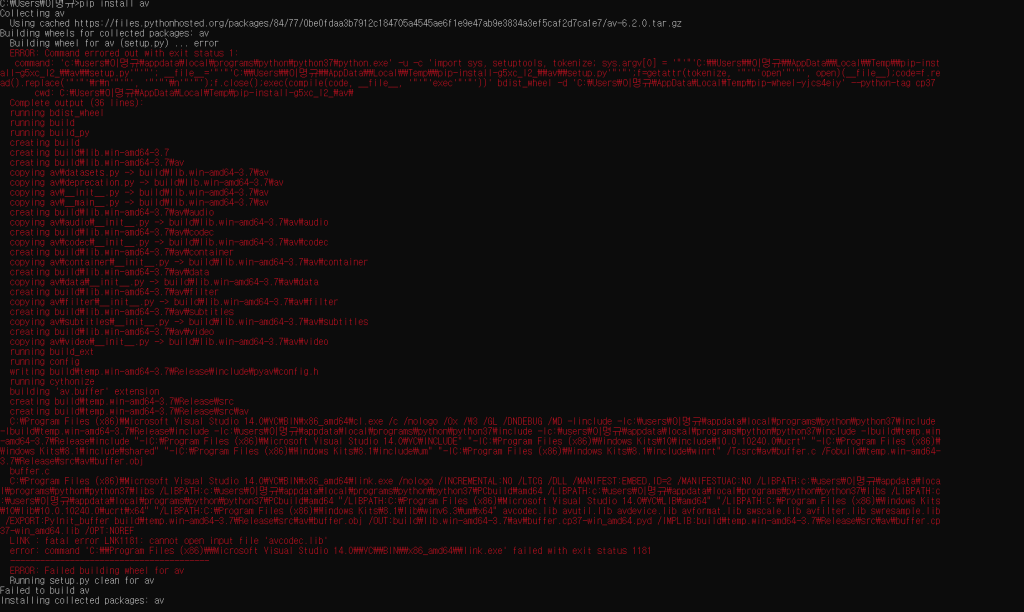

- Python ffmpeg module how to#
- Python ffmpeg module install#
- Python ffmpeg module generator#
- Python ffmpeg module free#
Output_params(list): Additional ffmpeg output command line parameters.īits_per_pixel(int): The number of bits per pixel in the output frames. Input_params(list): Additional ffmpeg input command line parameters. Pix_fmt(str): the pixel format of the frames to be read.ĭefault is "rgb24"(frames are uint8 RGB images). Path(str): the filename of the file to read from. If both numbers are present, the resulting It is also possible to estimate the number of frames from the fps and To know the number of frames in a video file, use count_frames_and_secs(). The data.For one because this is hard to predict exactly, but alsoīecause it may depend on the provided output_params.If you want If it could not be detected.*duration: duration in seconds.Can be zeroĪfter that, it yields frames until the end of the video is reached.Eachįunction makes no assumptions about the number of frames in "h264".*source_size: the width and height of the encoded video frames.*size: the width and height of the frames that will be produced.*fps: the frames per second.Can be zero It first yields a small metadata dictionary that contains:įfmpeg_version: the ffmpeg version in use(as a string).*codec: a hint about the codec used to encode the video, e.g.
Python ffmpeg module generator#
Pull requests are welcome as well, but it wouldn't hurt to touch base in the issue tracker or hop on the Matrix chat channel first.Īnyone who fixes any of the open bugs or implements requested enhancements is a hero, but changes should include passing tests.Create a generator to iterate over the frames in a video file.
Python ffmpeg module free#
And of course, feel free to report any bugs or submit feature requests. If you notice things that could be better in the documentation or overall development experience, please say so in the issue tracker. The questions that are answered will be tagged and incorporated into the documentation, examples, and other learning resources. One of the best things you can do to help make ffmpeg-python better is to answer open questions in the issue tracker. That said, we hope to continue improving our documentation and provide a community of support for people using ffmpeg-python to do cool and exciting things.
Python ffmpeg module how to#
Issues not directly related to ffmpeg-python or issues asking others to write your code for you or how to do the work of solving a complex signal processing problem for you that's not relevant to other users will be closed. If you look everywhere and can't find what you're looking for and have a question that may be relevant to other users, you may open an issue asking how to do it, while providing a thorough explanation of what you're trying to do and what you've tried so far. Take a look at each of the links in the Additional Resources section at the end of this README.

You can also run pile() that also includes the ffmpeg executable as the first argument. You can run stream.get_args() before n() to retrieve the command line arguments that will be passed to ffmpeg.

How can I find out the used command line arguments? This dilemma is intrinsic to ffmpeg, and ffmpeg-python tries to stay out of the way while users may refer to the official ffmpeg documentation as to why certain filters drop audio.Īs usual, take a look at the examples ( Audio/video pipeline in particular). video operators can be used to reference the audio/video portions of a stream so that they can be processed separately and then re-combined later in the pipeline. Some ffmpeg filters drop audio streams, and care must be taken to preserve the audio in the final output.
Python ffmpeg module install#
Make sure you ran pip install ffmpeg-python and not pip install ffmpeg (wrong) or pip install python-ffmpeg (also wrong). When in doubt, refer to the existing filters, examples, and/or the official ffmpeg documentation.


 0 kommentar(er)
0 kommentar(er)
